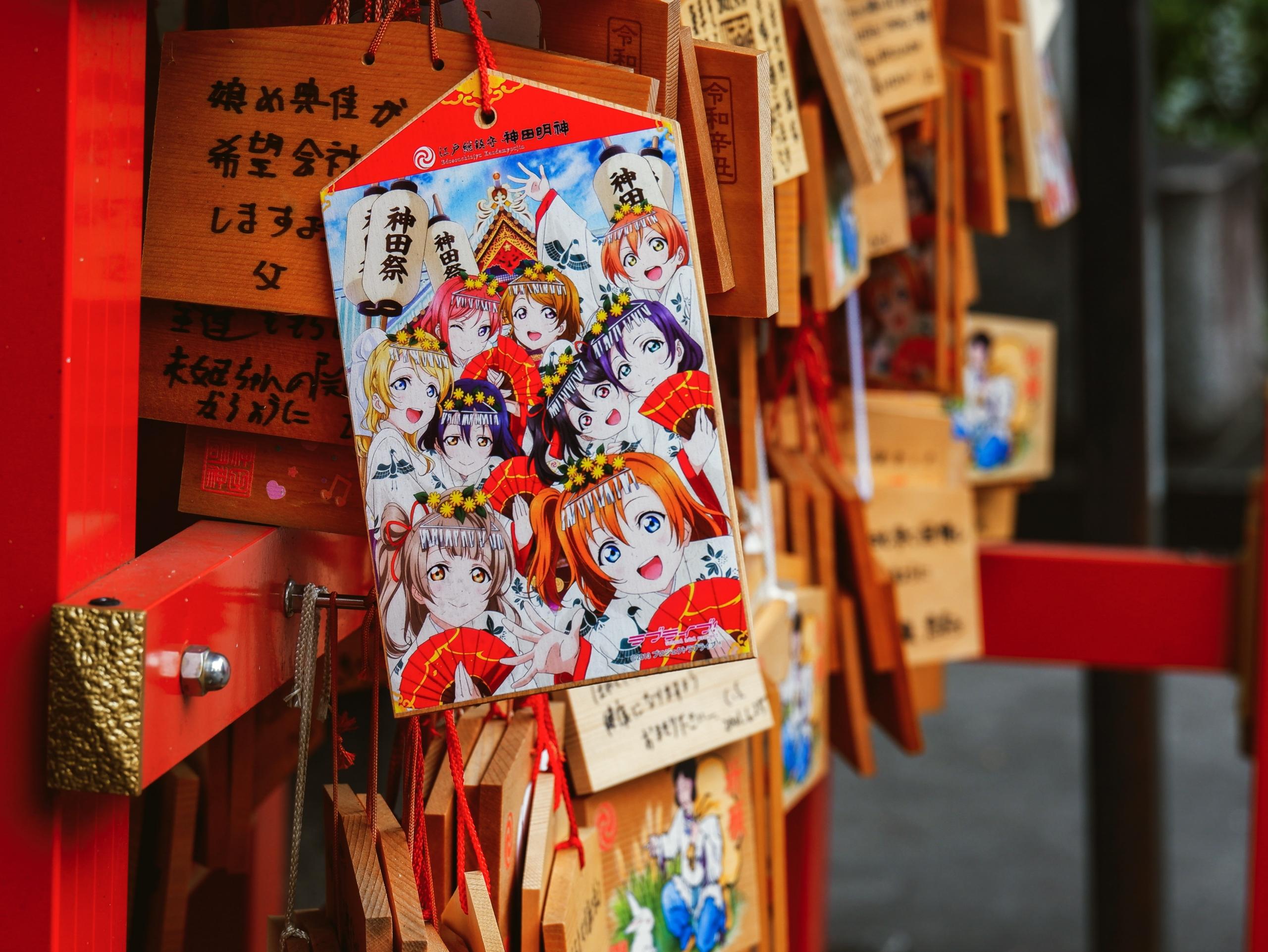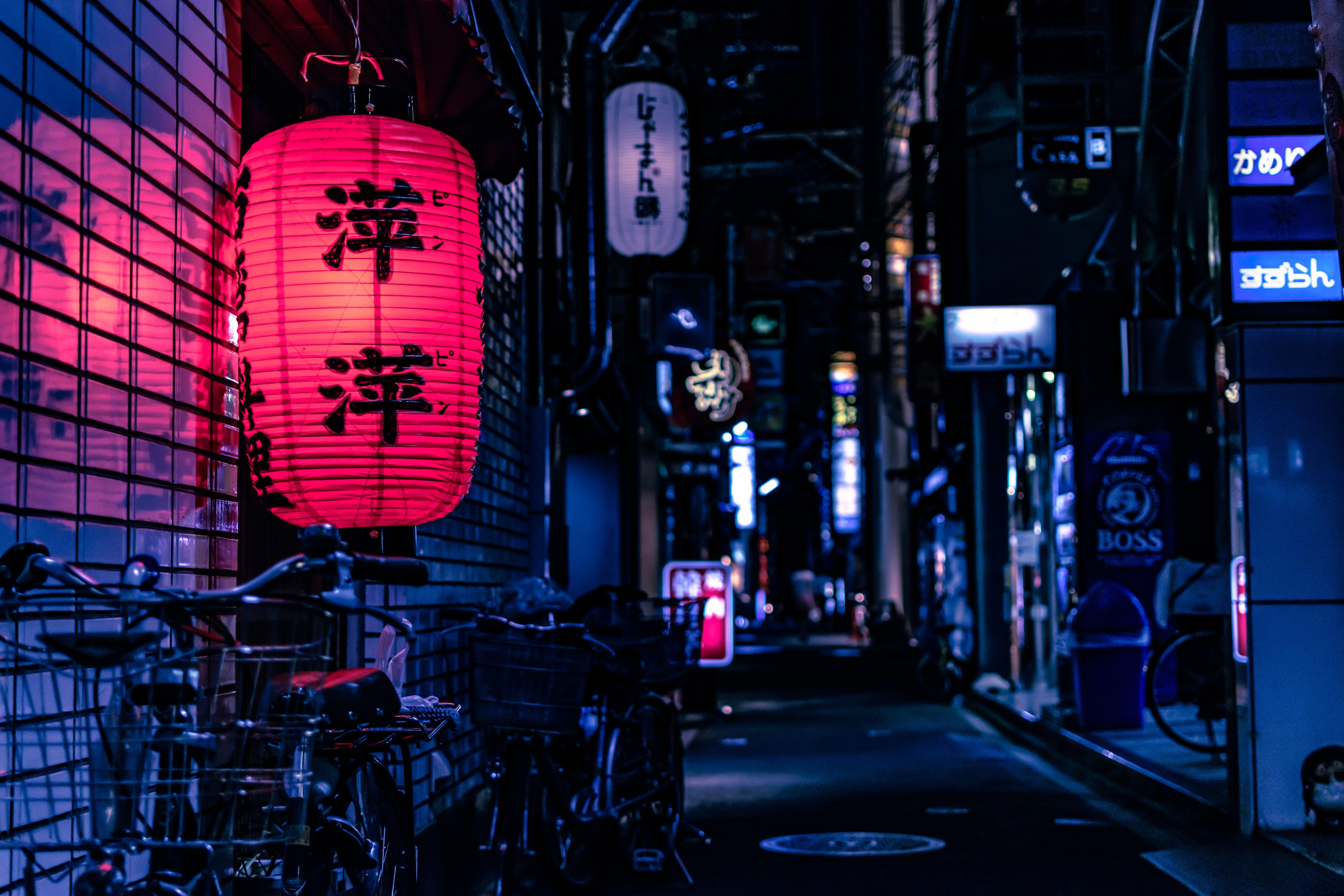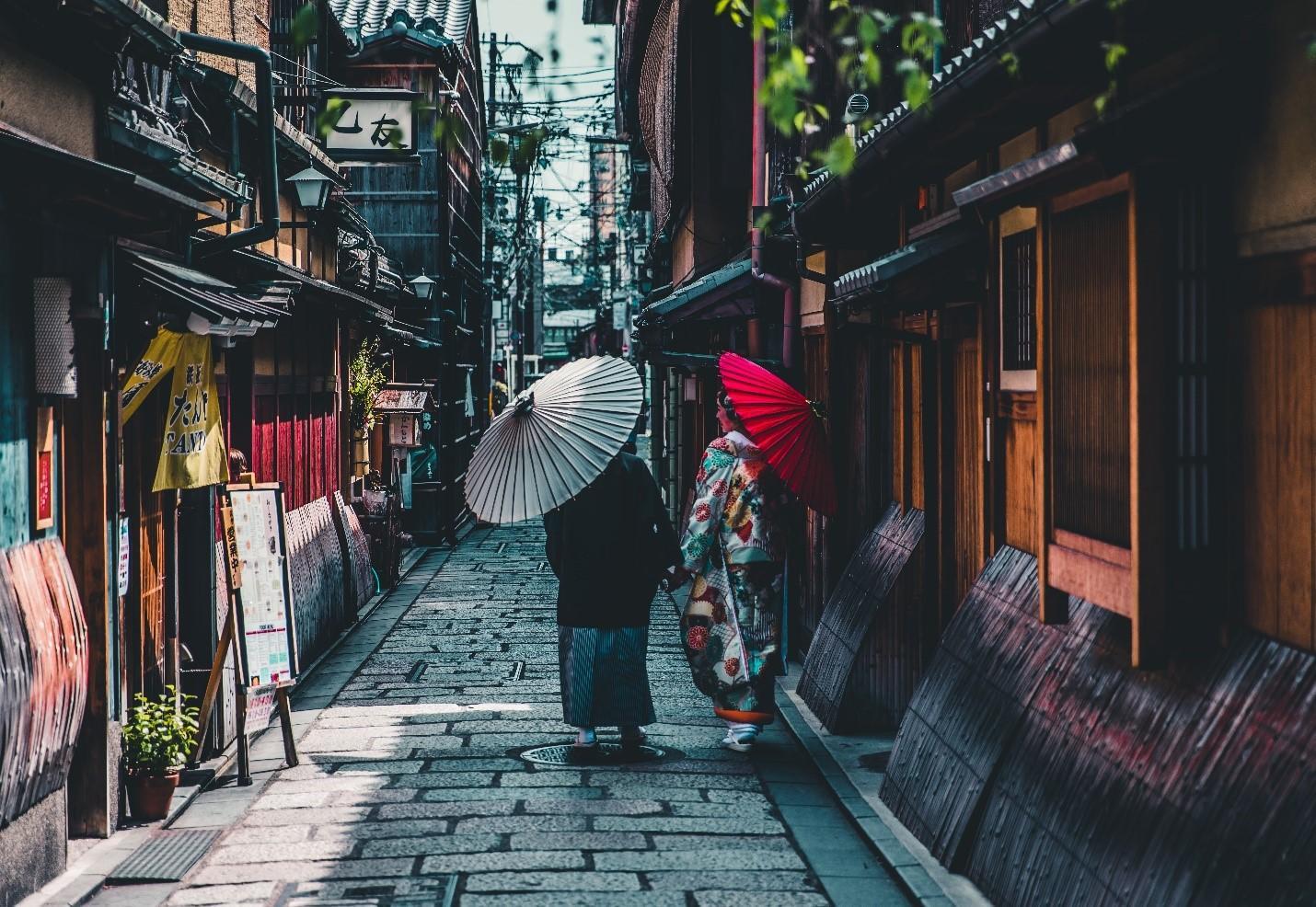Most people who set out to learn a new language don’t realise that it is in fact a lifelong endeavour. If you are an English speaking native, you probably don’t realise that that you are learning new things about your own language every day.
When you think about it like this, it stands to reason that anyone who embarks on a journey to learn Japanese, deserves kudos and encouragement.
If you are learning Japanese for beginners, you can count on Superprof being there to support you and in this article, you’re about to find out how.

Japanese Basics: The Alphabet
One of the first things you’ll find out in Japanese lessons for beginners is that its writing doesn’t have an alphabet, but rather characters. More specifically, it is difficult to connect the alphabet concept with so many ideograms.
In Japanese, there are three separate writing systems: katakana, hiragana and kanji.
Each of these fulfils a fulfils a specific function within the language which you will learn about when you learn basic Japanese.
- Kanji is used for writing names, numbers and places as well as to indicate the start of a new (hiragana) words.
- Hiragana is reserved for original Japanese words.
- Katakana is used for words that are imported from other languages, including English.
A note of caution for those original or authentic Japanese words like kimono, sake or samurai which are only written in kanji: ? (sake, usually preceded by ? – o), ?? (kimono), ??, (bu shi - samurai) are a result of ancient Chinese influence on Japanese language and culture.
Simply put, kanji consist of Chinese characters. Fortunately, these are easily recognisable even when you don’t know any Mandarin because they are quite regimented. Instead of the whirls, loops and random strokes they are structured and boxy looking.
Fun fact: Mandarin has a unique name for every brushstroke and the way it spells characters is by invoking each stroke whether its pie, han, shu, na. This seeming trivia becomes relevant when discussing how parents choose names for their children.
As you learn basic Japanese, you will learn all three writing systems simultaneously so that they can be integrated. You could technically write a whole paragraph using hiragana, but it would be very difficult to understand.
Also included in the Japanese basics is how syntax differs from English. Firstly, thanks to the unique Japanese alphabet, there is no space between words which would make reading it very difficult.
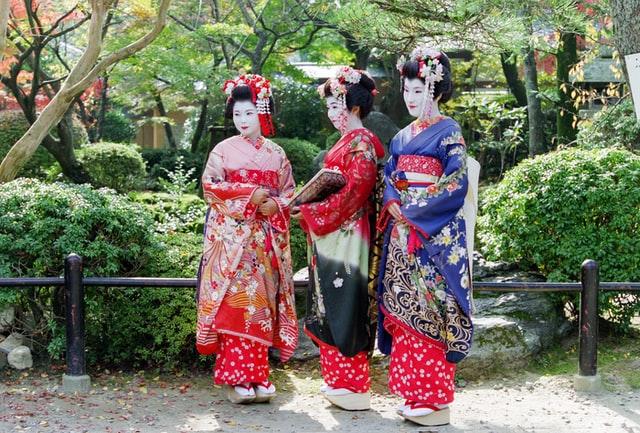
Japanese Basics: Numbers
If you have chosen to learn Japanese, you probably know that it is complicated. Having said this, you can be rest assured that learning numbers is a straightforward process. Learning to count to 10 will certainly be part of your Japanese lessons for beginners and after that, the process is easy.
You may have noticed that English numbers, which have their origins in German, don’t follow a logical pattern. For instance, after 10, where do 11 and 12 come from?
By contrast, when you learn Japanese, you’ll notice that it includes zero as well as numbers 1 to 10. This pattern continues regardless of what number you count to.
When you learn basic Japanese, you’ll also notice that number groups are not like those in English.
Like many other societies, English numbers are grouped by: units (single digits),10s, 100s, 1000s and so on. However, when you learn Japanese number groups you will find: Japanese: 10 (?- j?), 100 (? - hyaku), 1 000 (? - sen) and 10 000 (? - man).
In a nutshell, in your Japanese lessons for beginners, you’ll be shown the following:
- numbers from 10 to 99 feature ?
- numbers from 100 to 999 feature ?
- numbers from 1,000 to 9,999 feature ?
- numbers from 10,000 feature ?
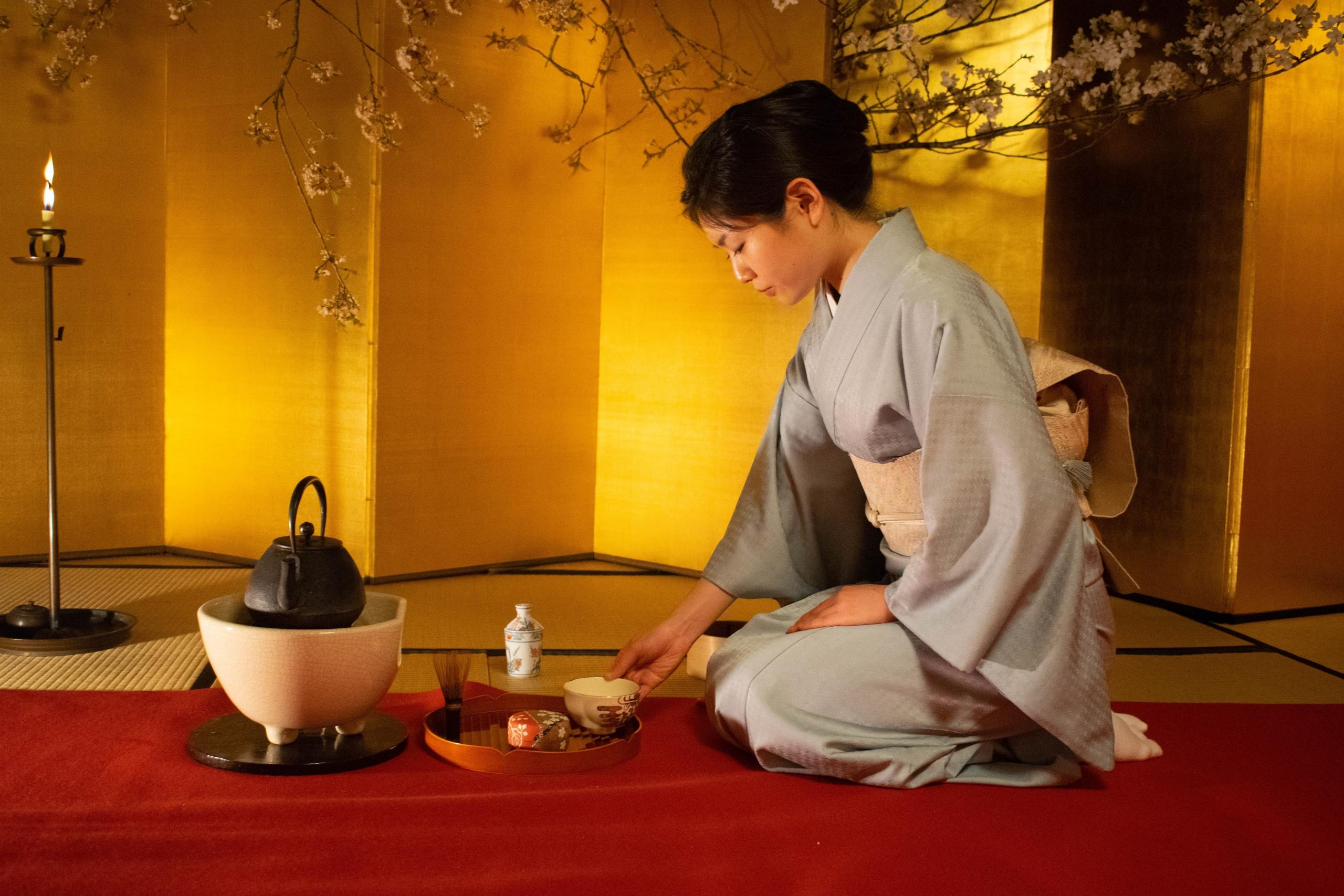
The remaining allocations are 100 million (? - oku) then 1 trillion (? - ch?) and also 1 quadrillion (? - kei).
If you bought a car that cost R20 603, in Japanese it would be written out as ????? - in other words two ten-thousands, then six hundreds then three. As you learn Japanese basics, you’ll find that there is no need for noughts to act as placeholders.
Another interesting deviation from numbers as you might know them is that we tend to mark off larger numbers by the hundreds - 5,678,532, for example. However, in Japan, a thousand is the demarcation value: 567,8532.
This Japanese numbering system may seem jarring at first, however, once you are used to it, counting by thousands instead of hundreds will make sense.
Learn Basic Japanese Names
Learning Japanese for beginners means coming to grips with Japanese names! Perhaps you have not heard of the hoo-ha around the couple who named their firstborn child Hashtag which was at the dawn of the Twitter era.
If you haven’t heard of Hashtag, who is now about 10 years old, then you may have heard of Prince, who at the height of his fame changed his name to a symbol.
Although most countries have guidelines for suitable names, clearly western societies enjoy much latitude when it comes to naming their children.
By contrast, if you find yourself naming a child in Japanese culture, you had better have an excellent reason for moving away from their list of approved names.
On the surface Japanese names may seem ordinary, but in reality they reflect deep cultural values.
Consider Umiko, a girl’s name, as an example. Translated it means Plum Blossom Child which sounds evocative, lovely and meaningful. But, there is more.
Plum trees blossom in adverse conditions – particularly in snow and also during the chill of early spring, so by naming a child Umiko means she is endowed with strength and resilience. Don’t be surprised as you learn Japanese to discover that men favour marrying women with this sort of strong kind name.
Another common method for choosing a name is to count the number of pen strokes it takes to write it. Just like other cultures, Japan has both lucky and unlucky numbers; one method to shower luck on a new born is to select a name that takes a certain number of strokes to write!
In Japanese culture, names that take a certain number of strokes to write are believed to be unlucky and able to bring on a lifetime of misfortune.
Read more about Japan’s interesting naming culture.
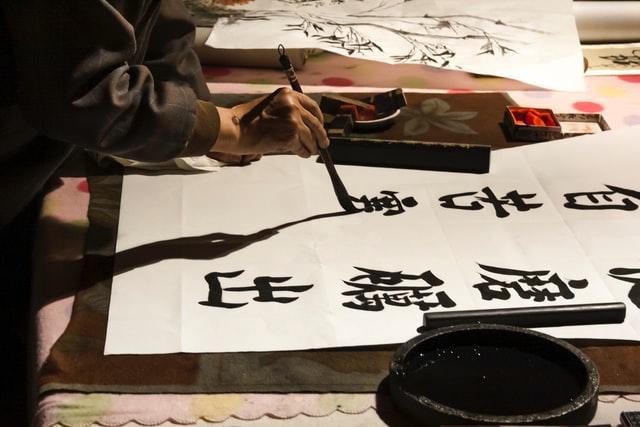
Japanese Words and Phrases
?????! Kon ni chiwa!
Or, good afternoon or hello!
Other helpful phrases when learning Japanese for beginners include:
- Good morning is written ????????? and pronounced ohayou gozaimasu.
- Good evening is written ????? and pronounced konbanwa.
Sometimes, people will practise a commonly-known foreign word or phrase and sprout it often enough to make it appear as though they can speak the language.
That does not mean you shouldn’t greet teacher at your Japanese lessons for beginners with a sincere ????? ... or does it?
Furthermore, in Japan, formality and politeness are important cultural hallmarks which means that you should only greet your teacher or person of authority in that manner if it is after noon. Otherwise, try greeting them by using the appropriate greeting for that time of day.
As politeness is so important, it should come as little surprise that there is more than one way to say 'please' in Japanese. This applies to many different situations and conditions.
- Use the word kudasai (???, or more simply??) when you want someone to hand you something from the other end of the table. This can also be used if you are giving the waiter in a restaurant something. It can also be used when asking someone to sit down or if you want to borrow something.
- Use the word ch?dai (?? - or, as it is more frequently seen: ?????) if you want to have a sip from a friend’s drink. This is a more informal version of the word 'please'.
- Onegai shimasu (??????) is the main version for the word ‘please’ and is suitable for all situations.
- Use d?zo (???) is used for giving permission - if, for instance, your friend wants to borrow a book; then it is the same as 'please do' in English.
- Puriizu (????), means ‘please’ in katakana; this, however, is a very informal 'please' and should be used very sparingly or with people to whom one is extremely close to.
Of course, if you want to learn Japanese basics, you will find out that there is much more to saying please in the right way. If you are learning Japanese for beginners you can expect to learn an enthralling amount including other noteworthy and poetic Japanese words and phrases.


















